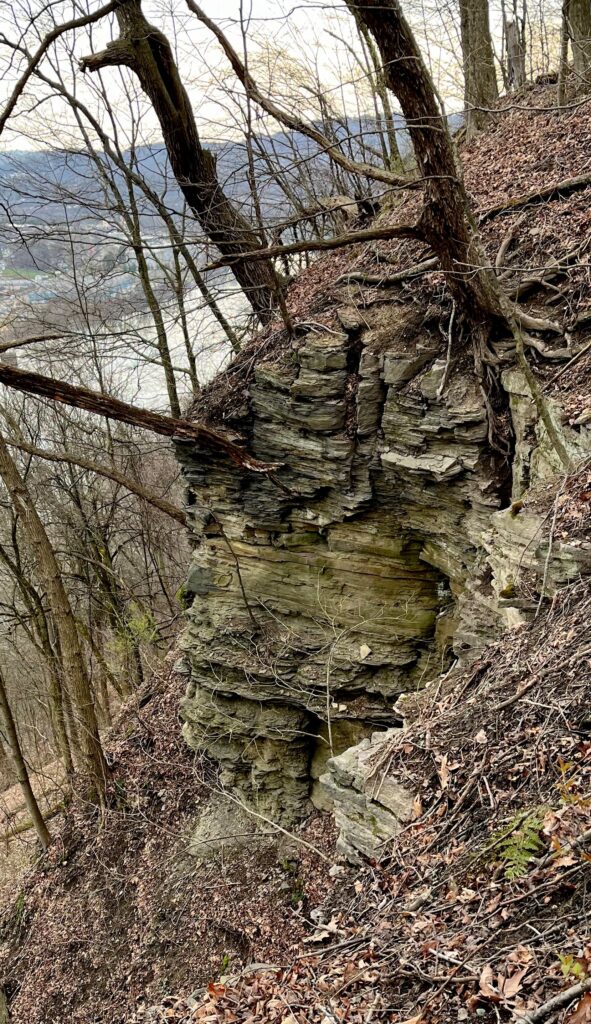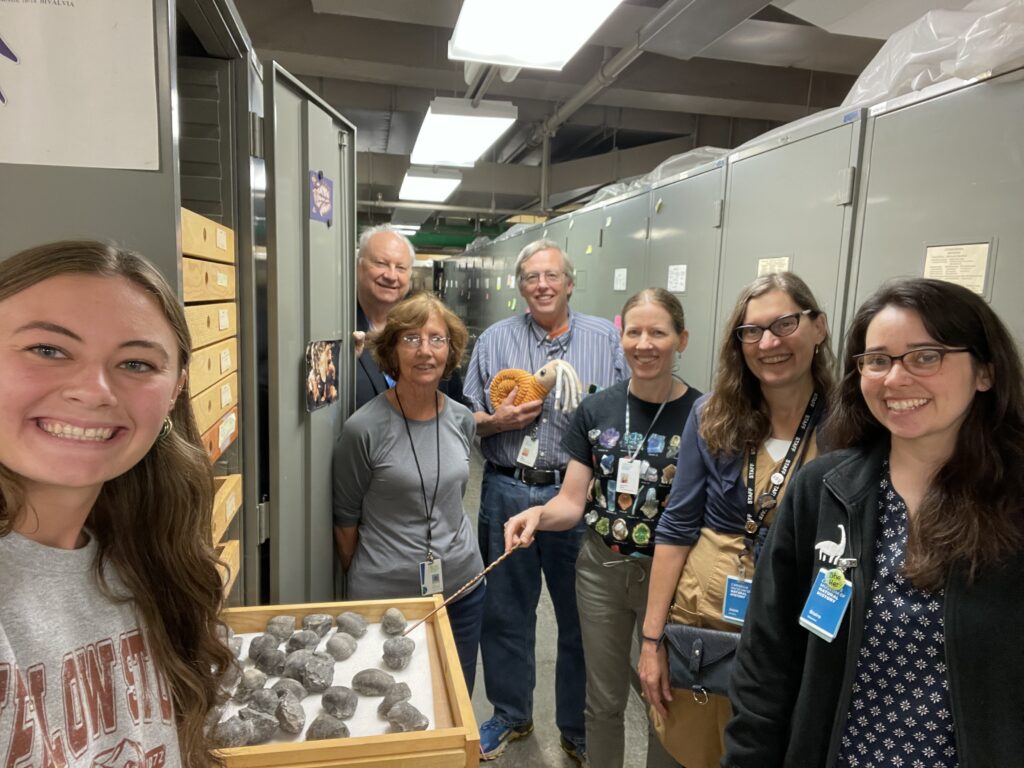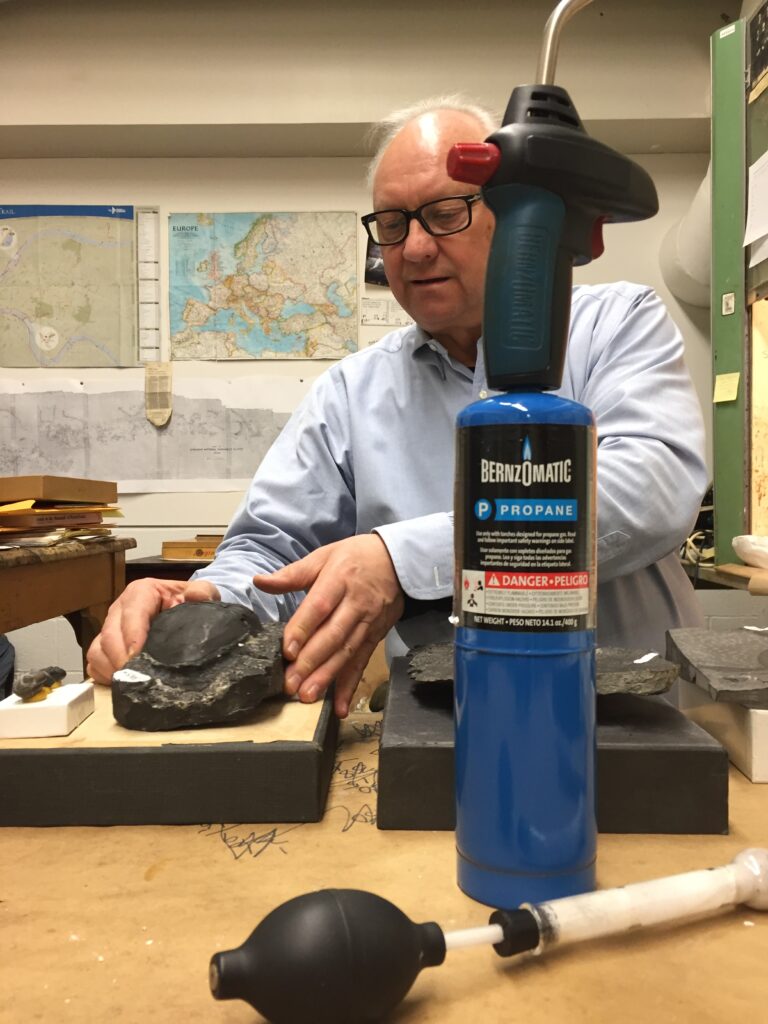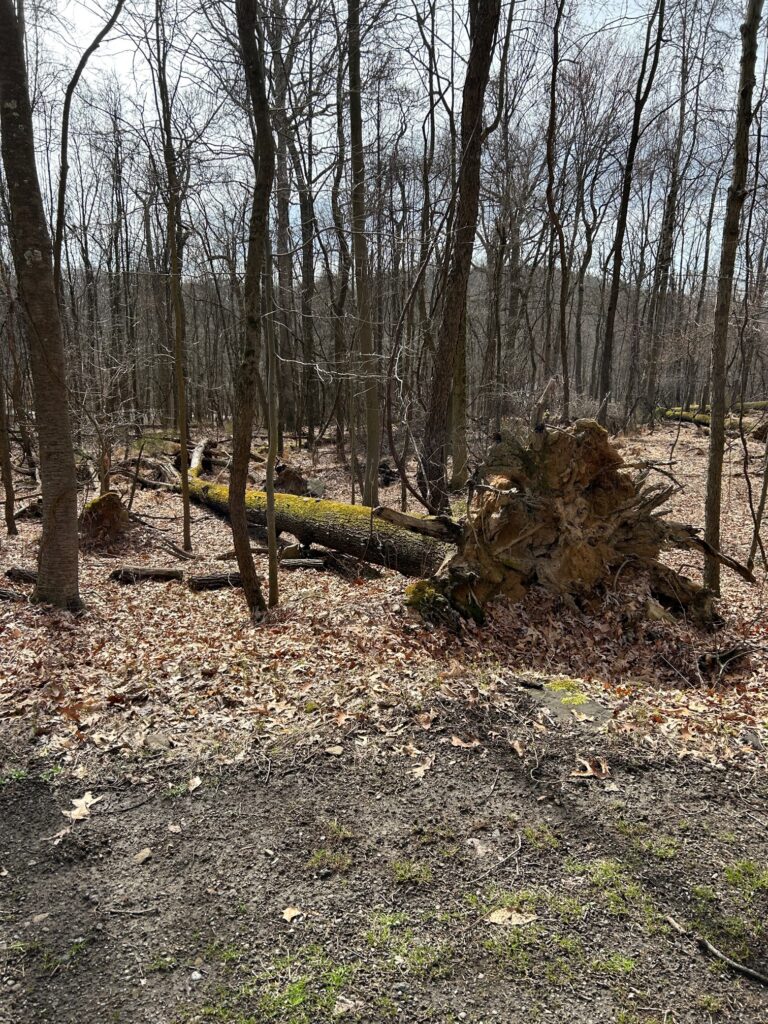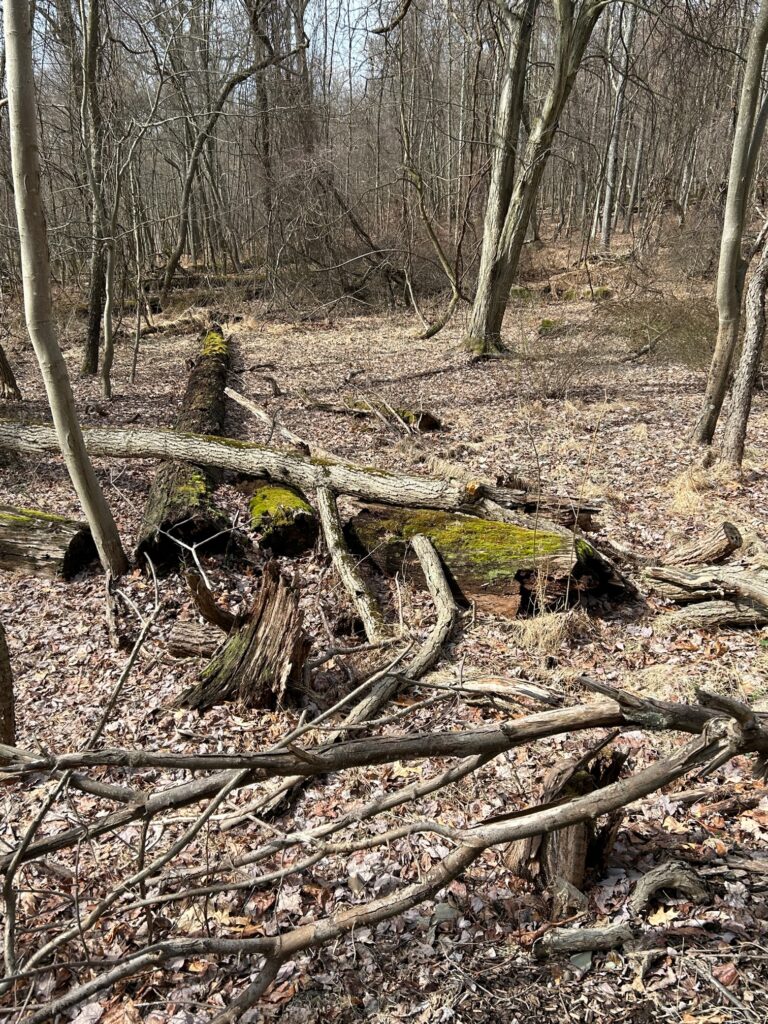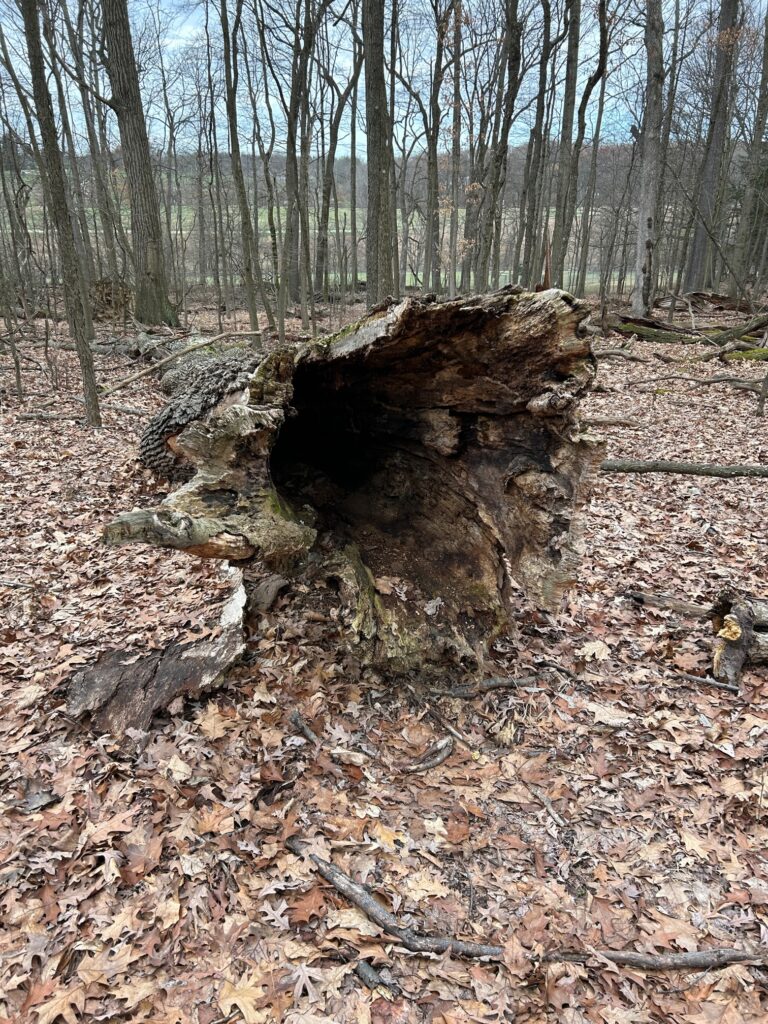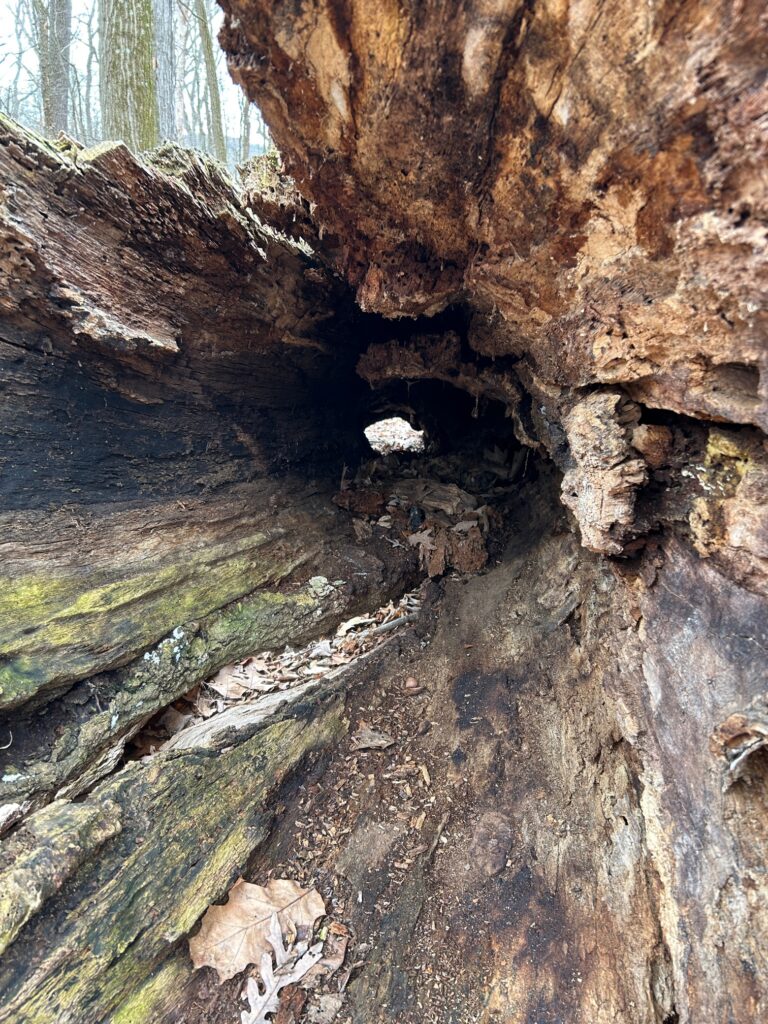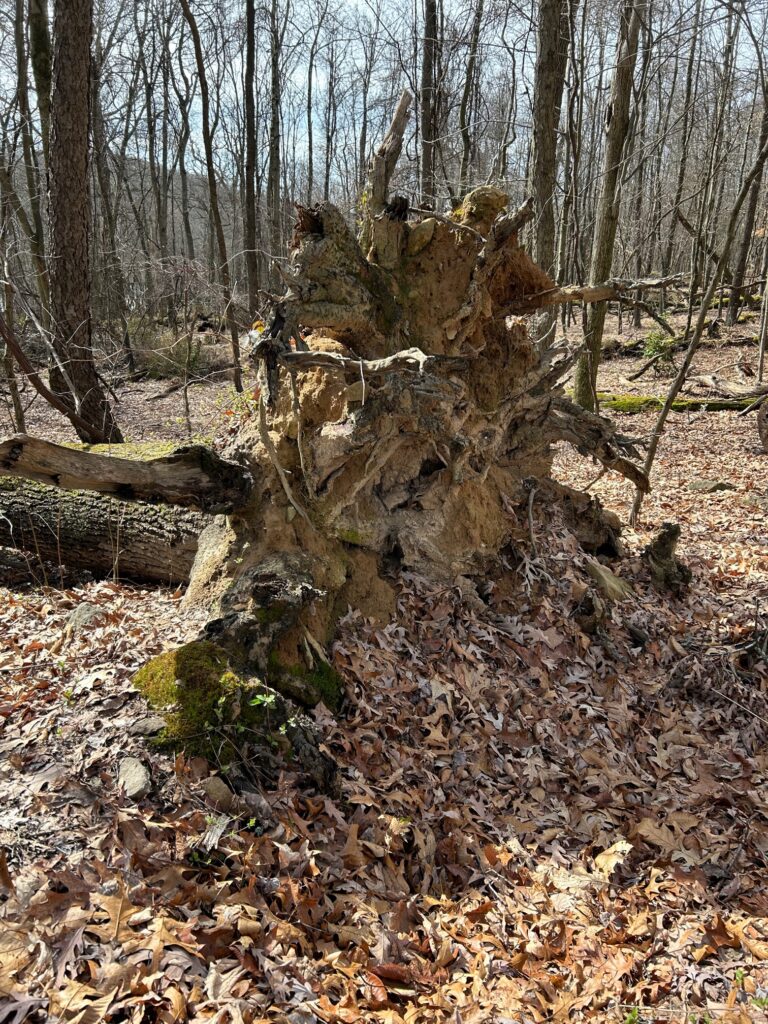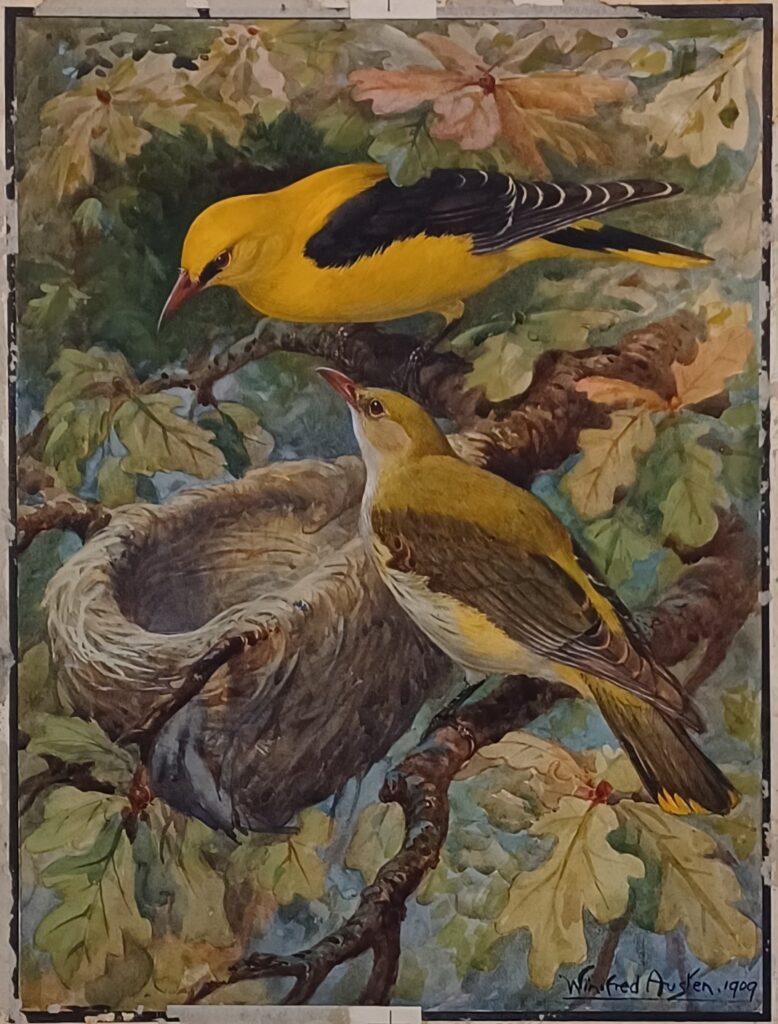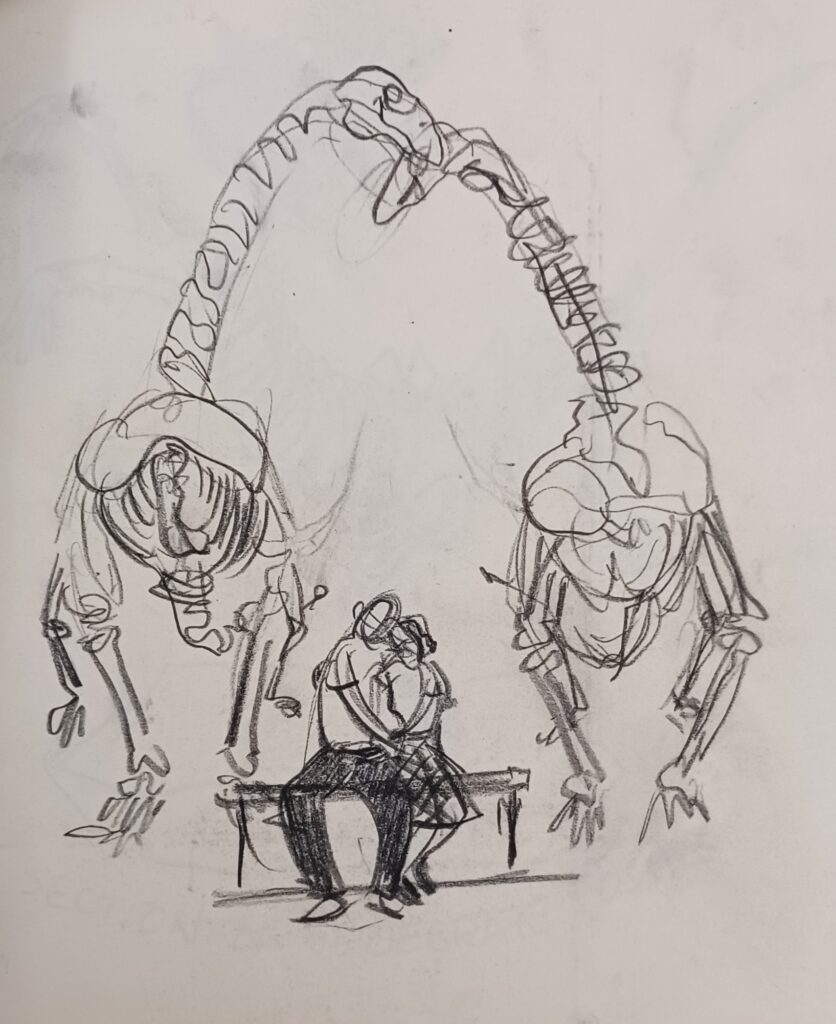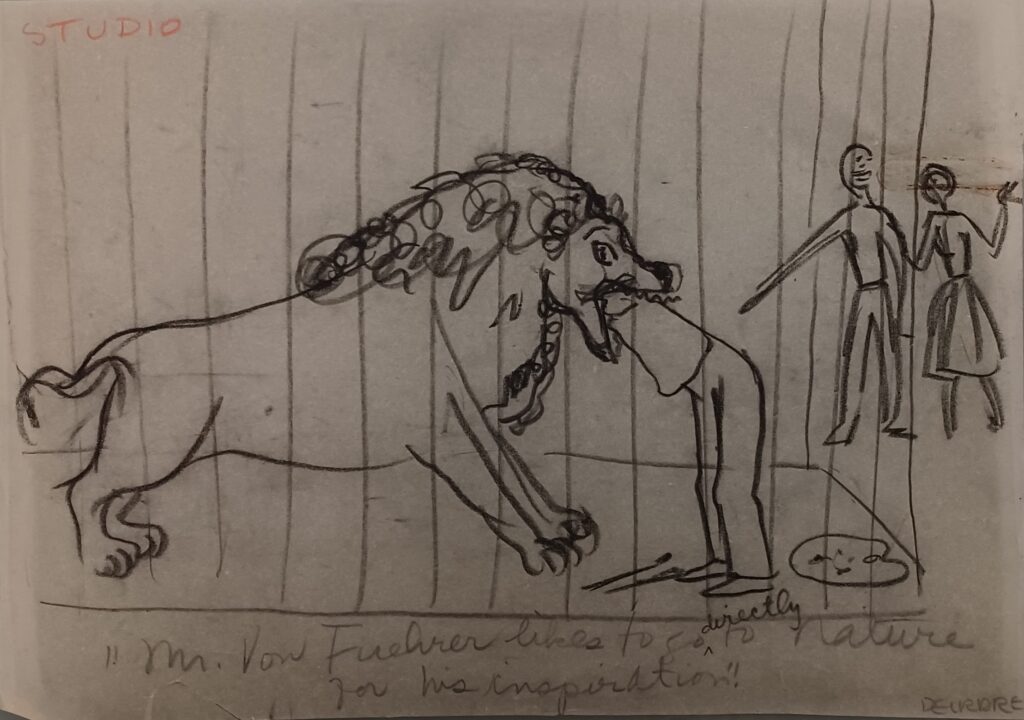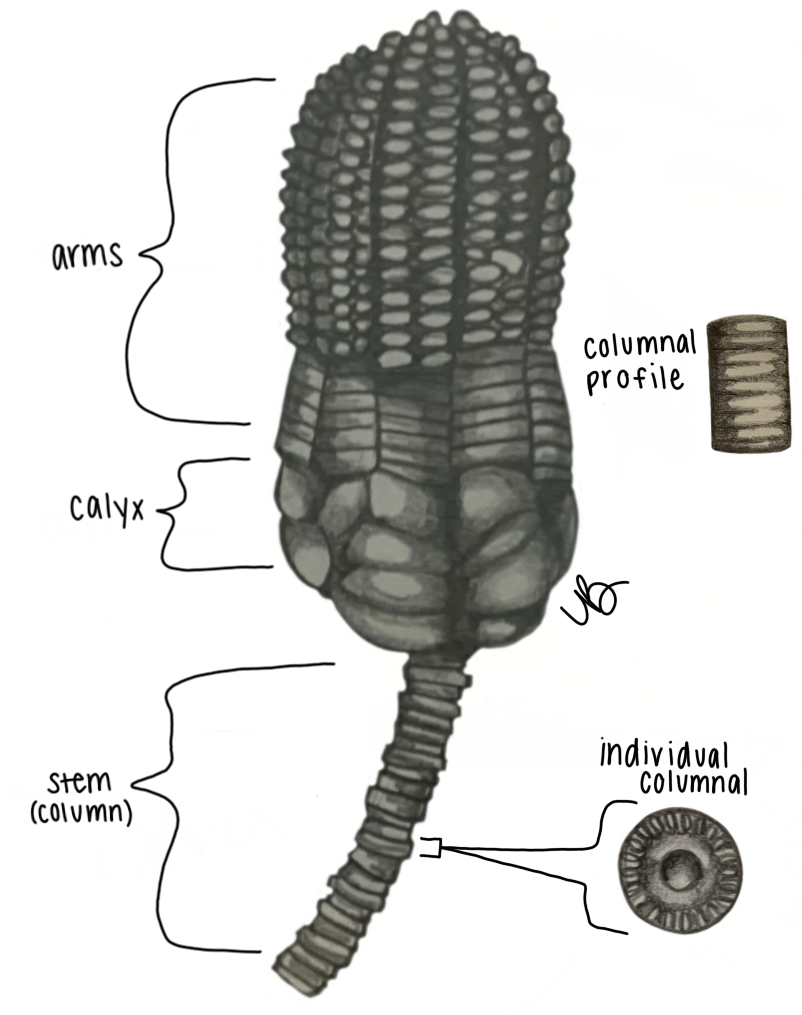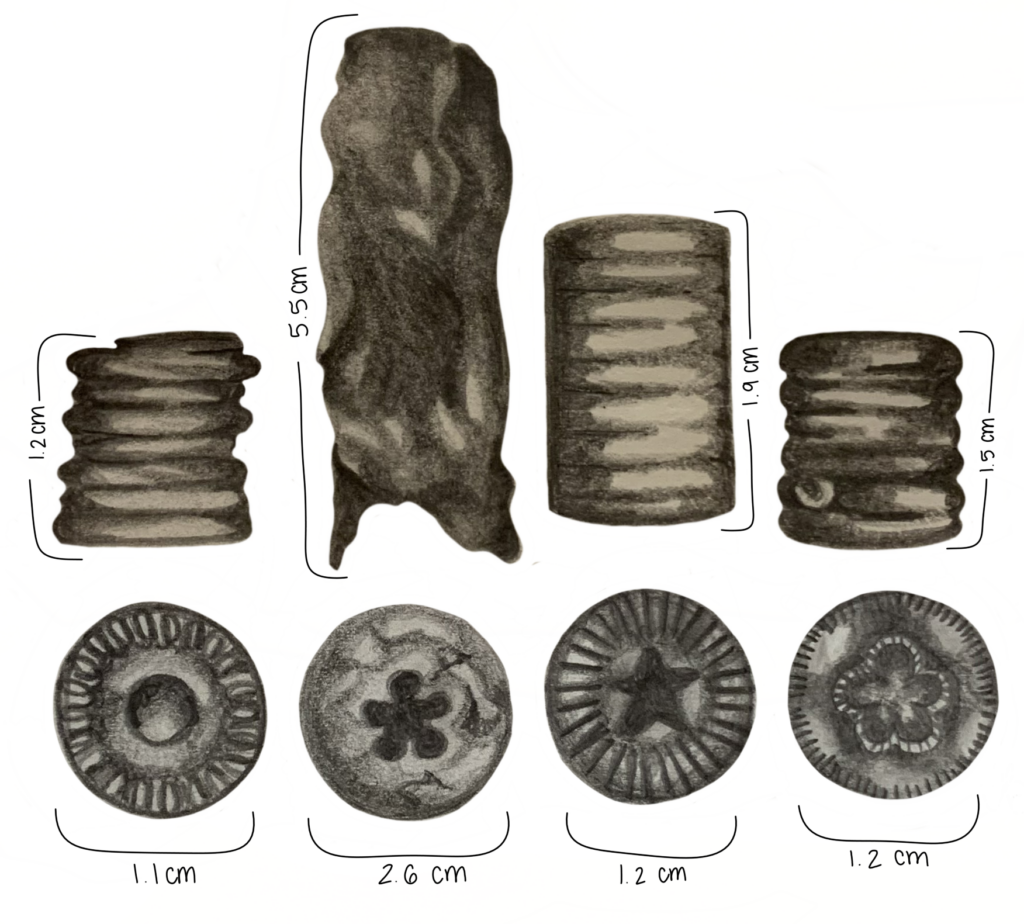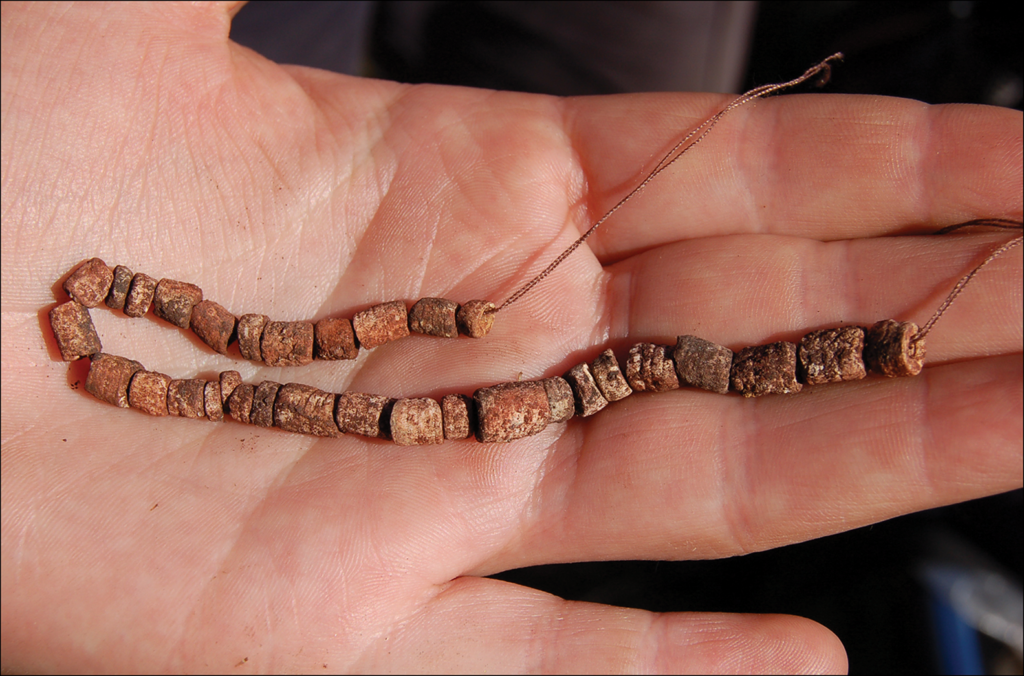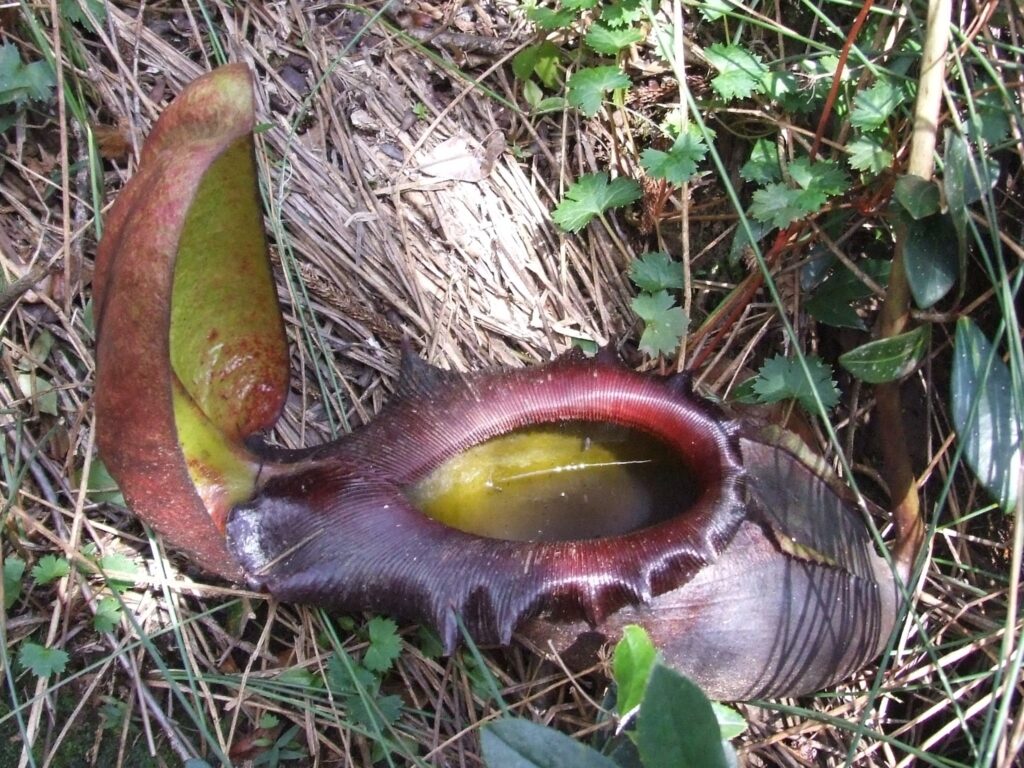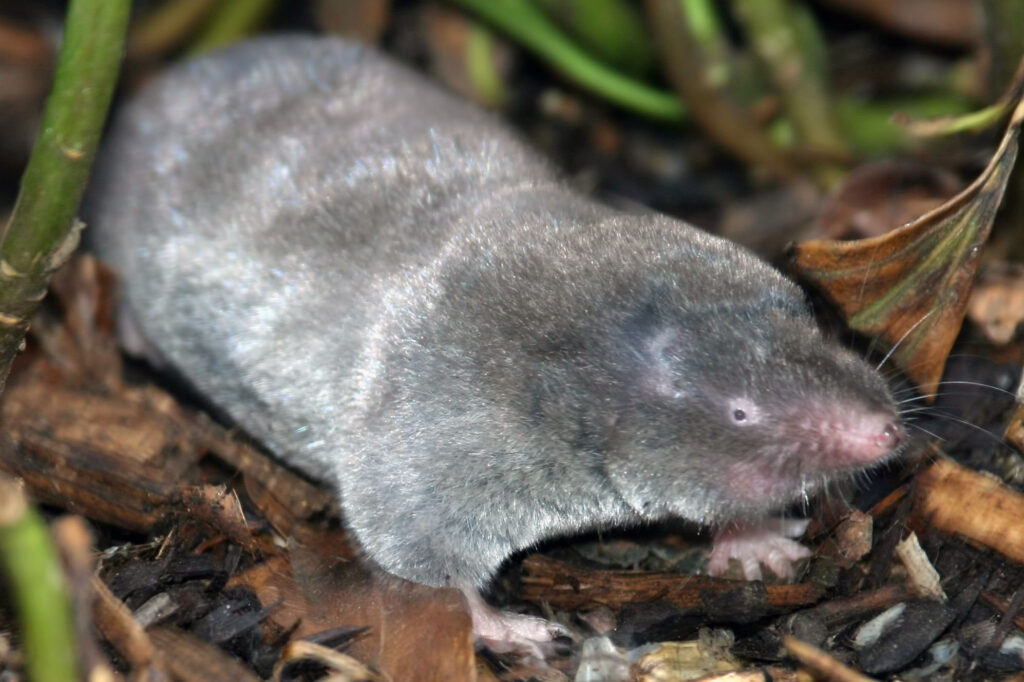by Rachel Reeb and Jessica Romano
This spring, thousands of people will join the City Nature Challenge, a global effort to document biodiversity safely and easily on the free iNaturalist app. Participating in the challenge is fun and rewarding – simply make observations of nature, take photos, and upload them to the app. The data collected during the challenge is shared with scientists around the world and helps them both document and better understand the diversity of species around us. This year’s challenge takes place April 26 through 29 for the observations, with a follow-up identification period from April 30 through May 5 when scientists and naturalists help observers properly identify the species they found. Participants will observe plants, insects, mammals, birds, mollusks, reptiles, amphibians, and more, right in their own neighborhoods.

To help get us ready for this year’s challenge, Rachel Reeb, postdoctoral fellow in the Section of Botany at Carnegie Museum of Natural History, created this guide to finding and understanding invasive species of plants, including species like garlic mustard that is repeatedly one of the most often observed plants during the challenge. To get started, Rachel provided helpful definitions:
Native or Indigenous species: Species that exist within an area due to natural evolution.
Introduced species: Species that have been introduced, by humans, to an area outside of its indigenous range. Roughly 25% of plant species in our environment are introduced.
Invasive species: A subset of introduced species which cause significant harm to the environment or human well-being.
Naturalized species: A subset of introduced species which do not have demonstrated impacts on the environment or human well-being.

Observing Invasive Plants
When is the best time to spot invasive plants? In the early stages of spring! Since introduced invasive plants evolved in a different part of the world, they often have unique life cycles that start and end at a different time than the rest of the plant community. Invasive species like garlic mustard, lesser celandine, periwinkle, multiflora rose, and Amur honeysuckle are some of the first to start their life cycles in the spring, providing a surprising pop of greenery to an otherwise dormant forest understory. This ‘head start’ in the growing season gives invasive plants an advantage because they gain priority access to soil nutrients and sunlight, while other plants are still dormant.
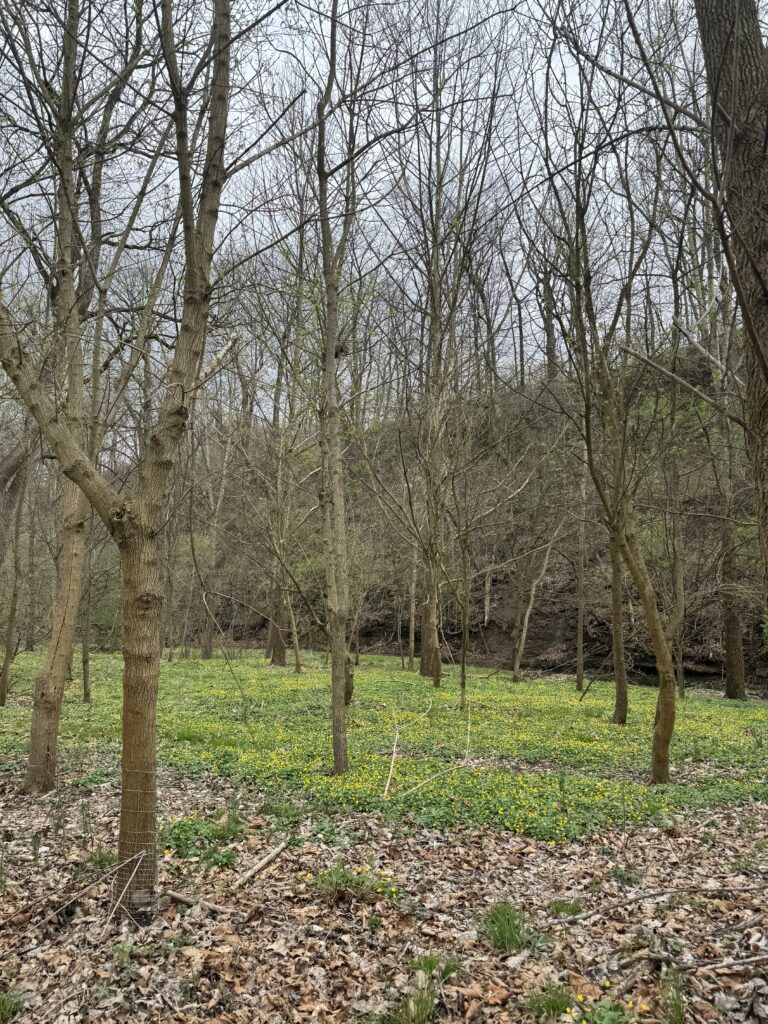
Unfortunately, what serves as an advantage for invasive plants is often a disadvantage to their neighbors, which now have a delayed start in the race to capture limited seasonal resources. Environmental experts in Pittsburgh are especially worried about the survival of rare native wildflowers, such as large white trillium, mayapple, and yellow trout lily. These plants, which have very specific habitat conditions and cannot easily relocate to new areas, are highly sensitive to changes in the environment and often cannot survive in areas where invasive plants are present.
During this year’s City Nature Challenge, we encourage you to take note of everything in nature, including the weeds. What do you notice about invasive plants in your area, like the timing of their life cycle, or how they interact with their neighbors? Have you ever wondered how these organisms came to be here? Many unwanted invasive plants were first introduced as popular garden center products. While some invasive species are now banned from sale, many can still be found in stores, like English ivy and Periwinkle vines.

Here are helpful lists of species you may encounter in our area:
Invasive Species
- Garlic Mustard
- Lesser Celandine
- Knotweed
- Multiflora Rose
- Amur Honeysuckle
- Periwinkle / Vinca
- English Ivy
- Japanese Barberry
- Tree of heaven
Naturalized Species
- Common Dandelion
- White Clover
Native Spring Wildflowers
- Mayapple
- Large White Trillium
- Dutchman’s Breeches
- Virginia Bluebells
- Common Blue Violet
- Yellow Trout Lily
How many of these species can you spot? Get your camera/phone/device and join the City Nature Challenge, April 26 through 29!
Rachel Reeb is a postdoctoral research fellow in the Section of Botany at Carnegie Museum of Natural History. Jessica Romano is Museum Education Writer at Carnegie Museum of Natural History.
Related Content
What’s in a Name? Japanese Knotweed or Itadori
Snags, Logs, and the Importance of a Fallen Tree
Using iNaturalist in the City Nature Challenge and Beyond
Carnegie Museum of Natural History Blog Citation Information
Blog author: Reeb, Rachel; Romano, JessicaPublication date: April 19, 2024

